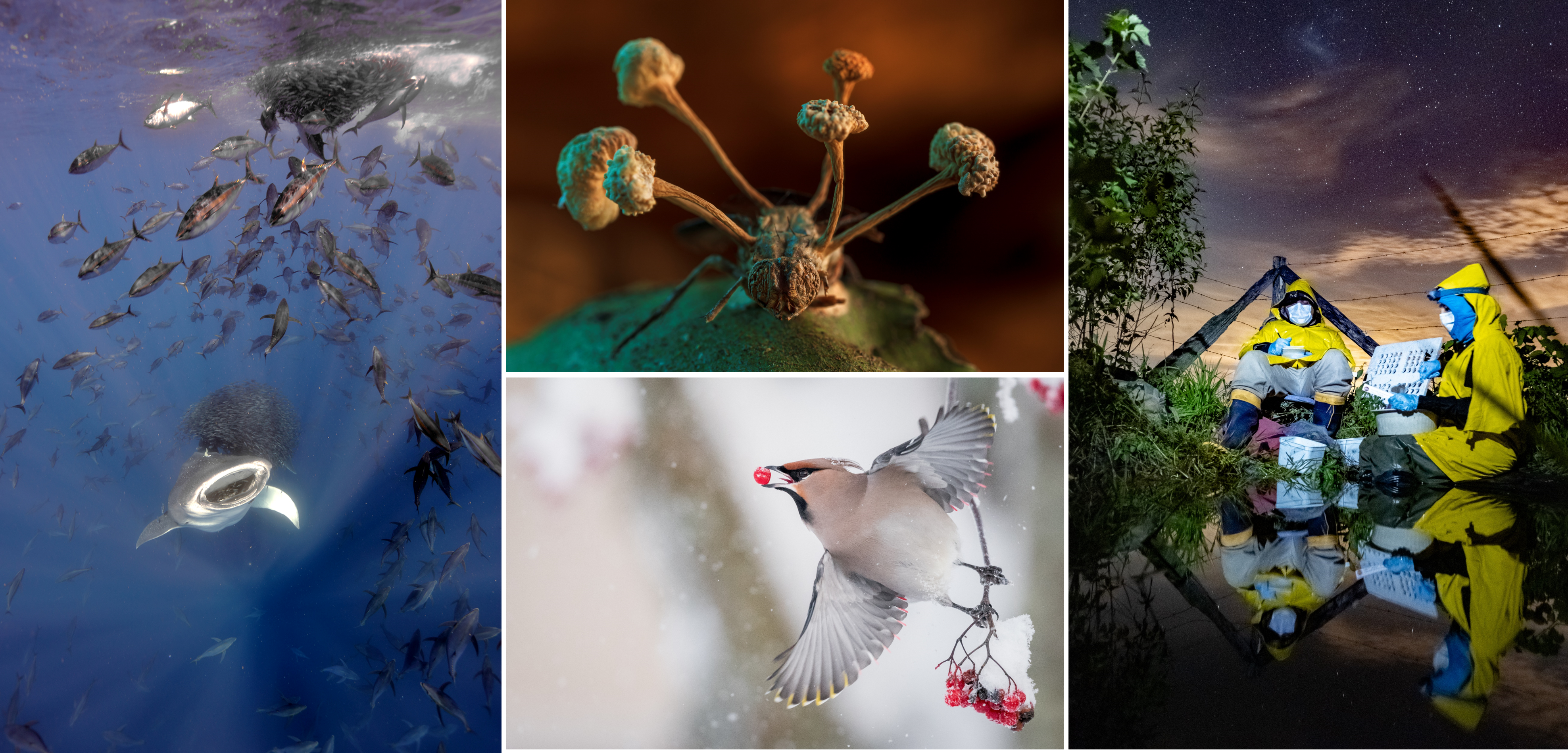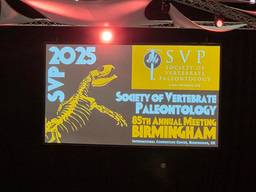2025 BMC Ecology and Evolution & BMC Zoology Image Competition
Published in Ecology & Evolution and Zoology & Veterinary Science

The annual image competition hosted by BMC Ecology and Evolution and BMC Zoology never fails to captivate researchers and the public! Each year, we are delighted to receive a spectacular collection of images from researchers worldwide that celebrate the power of scientific storytelling through imagery. Our past winners have been featured by CNN, Live Science, BBC Science Focus, Popular Science, Newsweek, Gizmodo, El País, MailOnline, and National Geographic España, reaching a global audience.
Don’t miss your chance to showcase your research, win prizes and see your work featured in an editorial published by BMC Ecology and Evolution. Find out more about last year's winners here: 2024 joint BMC Ecology and Evolution and BMC Zoology image competition: the winning images | BMC Ecology and Evolution | Full Text

Competition Categories
Anyone affiliated with a research institution and working in ecology, evolutionary biology, palaeontology, or zoology is eligible to submit one image per category:
1. Research in action. Images that showcase ecological, evolutionary biology or zoological research or capture experiences conducting studies and collecting data.
2. Colourful strategies. From dazzling displays to cunning camouflage, show how animals and plants use colour to survive - whether to attract mates, evade predators, catch prey or communicate.
3. Life in motion. Images that capture movement in nature, from the sprint of a cheetah to the silent glide of an owl, as well as fossil evidence of how long-extinct species moved. Images that capture animal locomotion and biomechanics.
4. Collective and social behaviour. Images that show how animals work together, communicate, and make decisions. Examples include fish schools, bird flocks, insect swarms, and other group dynamics in nature.
Judging and prizes
Judging the competition will be members of the BMC Ecology and Evolution and BMC Zoology Senior Editorial Board, along with the Editor, Jennifer Harman. The journals will award the overall winner €800 and the winner for each of the four categories €200. The journal will also award €50 to the runner-up for each category.
How to submit
Please email your images to Jennifer Harman at jennifer.harman@springernature.com with the subject line “Image Competition 2025” and include the following:
- Your name:
- Affiliation:
- Contact details of your Research Institute:
- Twitter handle (optional):
- Category:
- Image name:
- Description (Max. 250 words):
- File type:
- Data attribution (if applicable):
- I agree to release this image under a Creative Commons License: Y/N
Please attach your image entry to your email.
Rules:
- Anyone affiliated with a research institution and working within the fields of ecology, evolutionary biology, paleoecology, or zoology is eligible to enter.
- Resolution Requirement: Images must have a minimum resolution of 300 dpi (1831 x 1831 pixels for a raster image) and a maximum file size of 10 MB.
- File Format: Images must be saved in TIFF, JPEG, or RAW file formats.
- Ownership Rights: The image submitted must be your own, and you must possess the necessary rights to use it.
- Exclusion of AI-Generated Images: Images generated using artificial intelligence (AI) will not be considered for the competition.
- Creative Commons Licensing: By entering the competition, you agree to release the images under a Creative Commons license (https://creativecommons.org/licenses/by/4.0/) in alignment with our open-access policies. This agreement allows for file sharing with proper attribution.
- Judging: BMC Ecology and Evolution and BMC Zoology Editors and Senior Editorial Board Members will judge the submissions. Unfortunately, we are unable to provide feedback to every applicant.
The entry deadline is June the 20th, 2025, with the winners being announced on August the 15th.
Follow the Topic
-
BMC Ecology and Evolution

An open access, peer-reviewed journal interested in all aspects of ecological and evolutionary biology.
-
BMC Zoology

This is an open access, peer-reviewed journal that considers articles on zoology, including comparative physiology, mechanistic and functional studies, morphology, life history, animal behavior, signaling and communication, cognition, parasitism, systematics, biogeography and conservation.
Related Collections
With Collections, you can get published faster and increase your visibility.
Bioacoustics and soundscape ecology
BMC Ecology and Evolution welcomes submissions to its new Collection on Bioacoustics and soundscape ecology. By studying how animals use sound and how noise impacts them, you can learn a lot about the well-being of an ecosystem and the animals living there. In support of the United Nations Sustainable Development Goals (SDGs) 13: Climate action, 14: Life below water and 15: Life on land, the Collection will consider research on:
The use of sound for communication
The evolution of acoustic signals
The use of bioacoustics for taxonomy and systematics
The use of sound for biodiversity monitoring
The impacts of noise on animal development, behavior, sound production and reception
The effect of anthropogenic noise on the physiology, behavior and ecology of animals
Innovative technologies and methods to collect and analyze acoustic data to study animals and the health of ecosystems
Reviews and commentary articles are welcome following consultation with the Editor
(Jennifer.harman@springernature.com).
Publishing Model: Open Access
Deadline: Mar 27, 2026
Impact of climate change on ecology and evolution
BMC Ecology and Evolution is calling for submissions to our Collection on Impact of climate change on ecology and evolution. This Collection seeks to explore how climate change alters ecological dynamics and evolutionary processes, including shifts in phenology, local adaptations, and responses to invasive species. By understanding these shifts, we can gain insights into the resilience of ecosystems and the adaptive capacity of species in a rapidly changing world.
The significance of this research is underscored by the ongoing challenges posed by climate change, which threatens biodiversity and disrupts ecosystems. Recent advances in ecological modeling and genetic analyses have provided new tools to assess the impacts of environmental change on species and communities. These insights are crucial for developing conservation strategies and management practices aimed at mitigating the effects of climate change and preserving biodiversity for future generations.
Continued research in this area promises to enhance our understanding of the interplay between climate change and ecological dynamics. As new data emerges, we may uncover novel adaptive strategies employed by species in response to environmental shifts, revealing patterns of gene flow, population dispersal, and phenotypic plasticity. This knowledge can inform conservation strategies that are increasingly vital in an era of unprecedented environmental change.
•Climate change and biodiversity loss
•Phenotypic plasticity in response to environmental change
•Effects of invasive species on ecosystems
•Local adaptation and genetic structure in changing environments
This Collection supports and amplifies research related to SDG 13: Climate Action and SDG 15: Life on Land.
Publishing Model: Open Access
Deadline: Mar 03, 2026






Please sign in or register for FREE
If you are a registered user on Research Communities by Springer Nature, please sign in